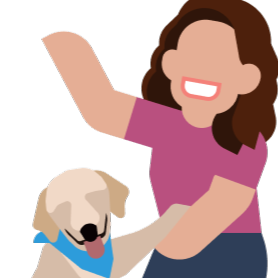Skip to content
Simply start typing - and invite your stakeholders to edit collaborativelyUse the formatting options in the tool bar to change look and feelAdd comments where you have questionsUse the @ symbol to mention teammates and stakeholdersUse the Approvals table view to gather approvals Maria Marquis
Maria Marquis Al Chen
Al Chen Veena Gupta
Veena Gupta

 Tip #1 - Copy editing
Tip #1 - Copy editing
How to use it:
Approvals
Stakeholder
Approved?
Questions
Approved on
Stakeholder
Approved?
Questions
Approved on
Approve!
8/7/2018
Approve!
What is the target audience?

Approve!
Can we localize this content for our LATAM markets?
There are no rows in this table
It’s a new day for docs.
Introducing Coda.
TL;DR
We’ve built a new type of document called
and we are inviting others to see what it can do for them and their teams. First, an observation.
Our journey started with a simple observation: In a world full of applications, why do documents and spreadsheets seem to run everything?
I’ll give you an example. In my last role at YouTube, we had hundreds of pre-built tools at our disposal. But we preferred to run our thousand-person organization off a handful of documents and spreadsheets. Some folks found that crazy, but I personally found it awesome.
The documents and spreadsheets we built were as unique and creative as our team. We used them to manage simultaneous feature releases across hundreds of devices, and even invent our own performance review system. They weren’t easy to build — a misplaced dollar sign in a spreadsheet would set us back a week. But they were better than pre-packaged tools because they were built for us and our own way of doing things.
I noticed the same thing happening at other companies. I’d ask friends what tools they used at work. They’d rattle off a list of packaged applications (Salesforce, JIRA, Workday, and so on). But when they looked closely, they’d admit documents and spreadsheets were running the show.
But here’s the thing:
Documents haven’t changed in 40 years.
In the 70s, we started digitizing documents. We turned the leaf of paper into a word processor (WordStar), the accountant’s ledger into a spreadsheet (VisiCalc), and the professor’s slides into a presentation (Harvard Graphics).
Over the next 40 years, the digital landscape completely transformed. Operating systems shifted fundamentally. Databases moved past relational. Television went from broadcast to cable to online video. Search engines and social networks took over.
Surprisingly, documents, on a fundamental and structural level, didn’t change.
Want to print your doc?
This is not the way.
This is not the way.

Try clicking the ··· in the right corner or using a keyboard shortcut (
CtrlP
) instead.